Litz wire is a type of magnet wire. It has a self-fluxing enamel and multiple strands. Its insulation enables it to meet IEC and UL standards for voltage withstand. The construction of Litz wire is similar to that of solid core wire, but is small-gauge.
Litz wire has several applications, ranging from light bulbs to enormous wind turbines. Each application has unique technical requirements. Besides aerospace, litz wire is used in various other industries, including antenna systems, electric motors, bottling equipment, solar inverters, microwave transmission, and more.
Litz wire is also available in various types of insulation. Its conductive strands are generally covered with polyurethane or nylon top-coated nylon. It also includes a nylon textile wrap that adds abrasion resistance and space factor during winding. The most important factor to consider when specifying Litz wire is the operating frequency, which will determine the Litz construction and individual wire gauge.
Litz wire reduces the skin effect by dispersing AC current through small wires. This results in a reduced skin depth, and minimizes the frequency and skin effect. Copper wires are smaller and thinner, so that their radius is less than the skin depth. The thinner the wire, the less frequency is reflected back into the system.
Litz wire is a type of multistrand wire used for high frequency coils. Because of their thinness, Litz wire minimizes skin effect losses and keeps the current flowing evenly. Litz wire consists of thin strands that are twisted or woven in predetermined patterns. These winding patterns ensure the proportion of outside and inside length is equal, which in turn minimises resistance.
In high-frequency applications, litz wires are frequently used in windings for magnetic components. This type of wire reduces the eddy current losses and the proximity effect. Most HF litz wire eddy current loss computation methods use perfect twisting of strands, but imperfect twisting may affect the current distribution and losses. The fast 2.5D PEEC method is useful for analyzing the effects of imperfect twisting in high frequency circuits.
Copper wires are susceptible to proximity effect, which can result in increased resistance and current loss. This phenomenon only occurs in scenarios where conductors are located near one another. In such scenarios, the current flows towards the point farthest from other conductors. This creates a curved circuit where the current follows the curvature of the conductor.

 ENGLISH
ENGLISH 简体中文
简体中文 GERMAN
GERMAN SPAIN
SPAIN
 +86 181-5747-1135
+86 181-5747-1135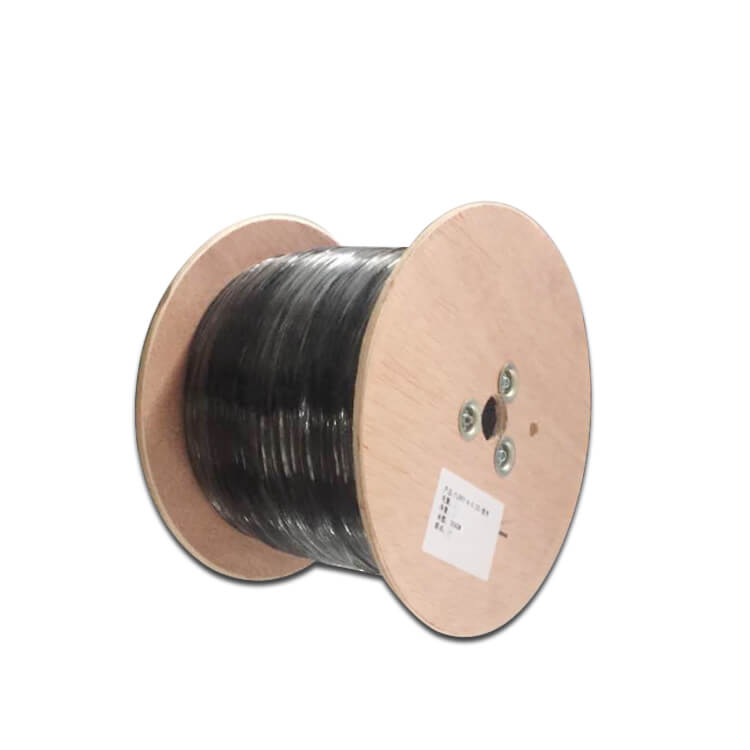
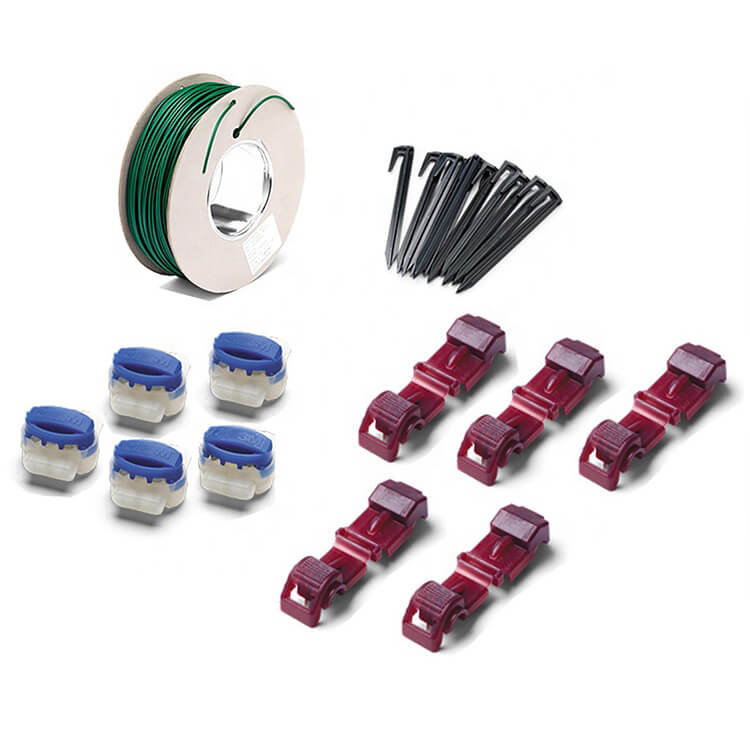
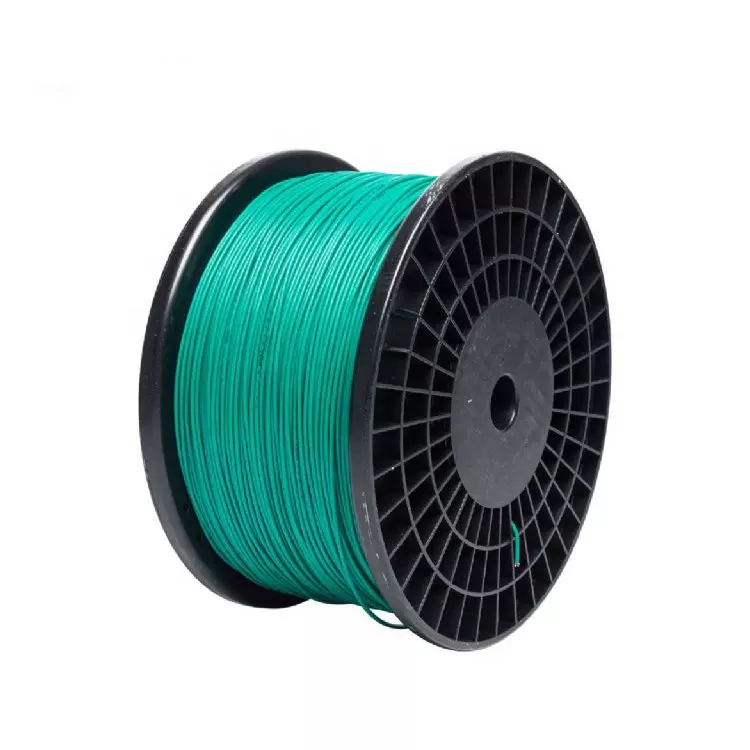
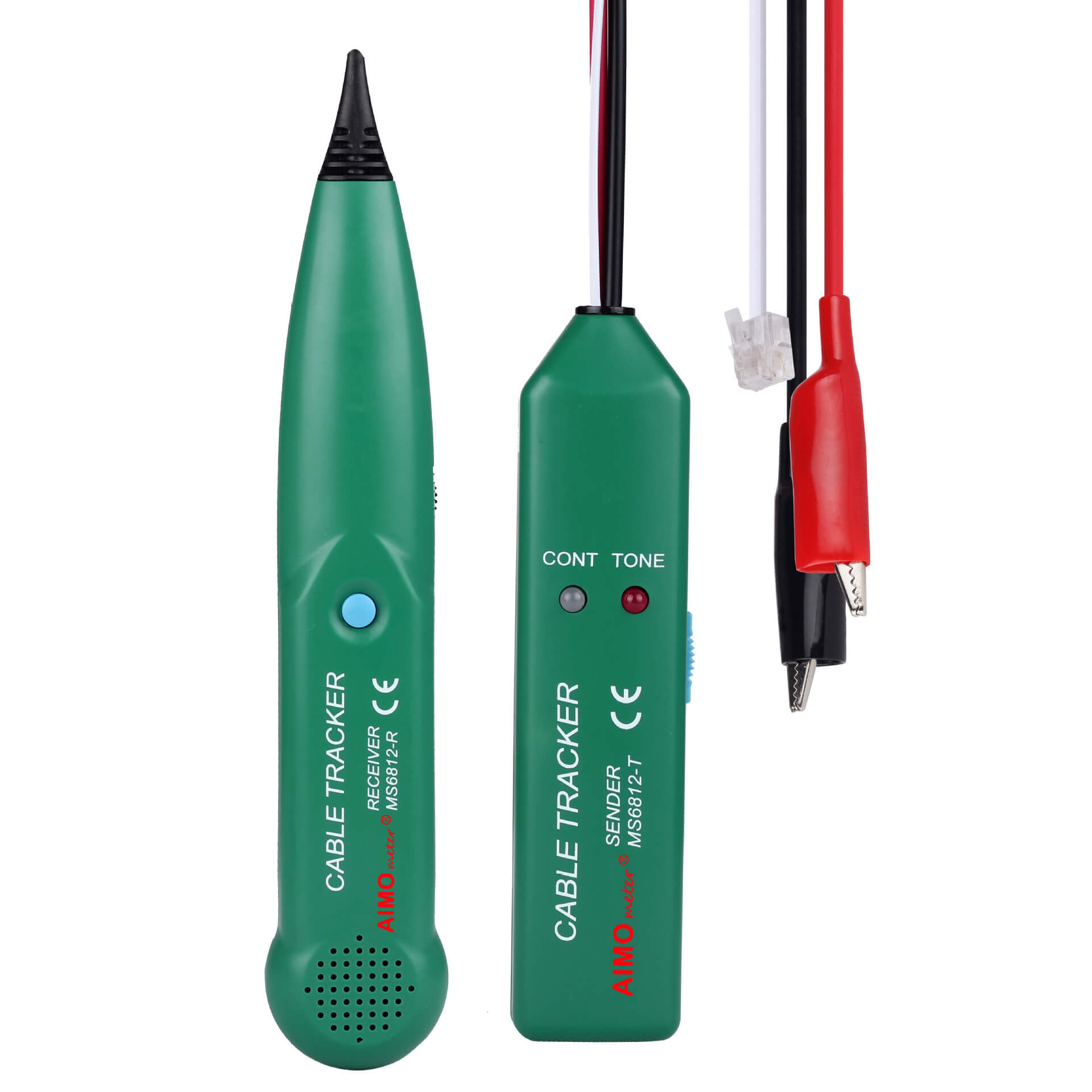


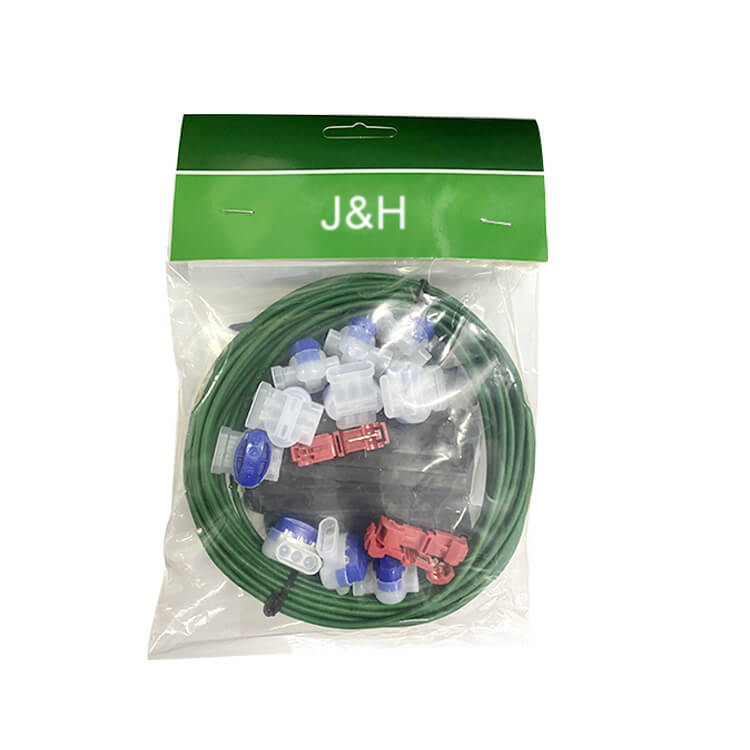
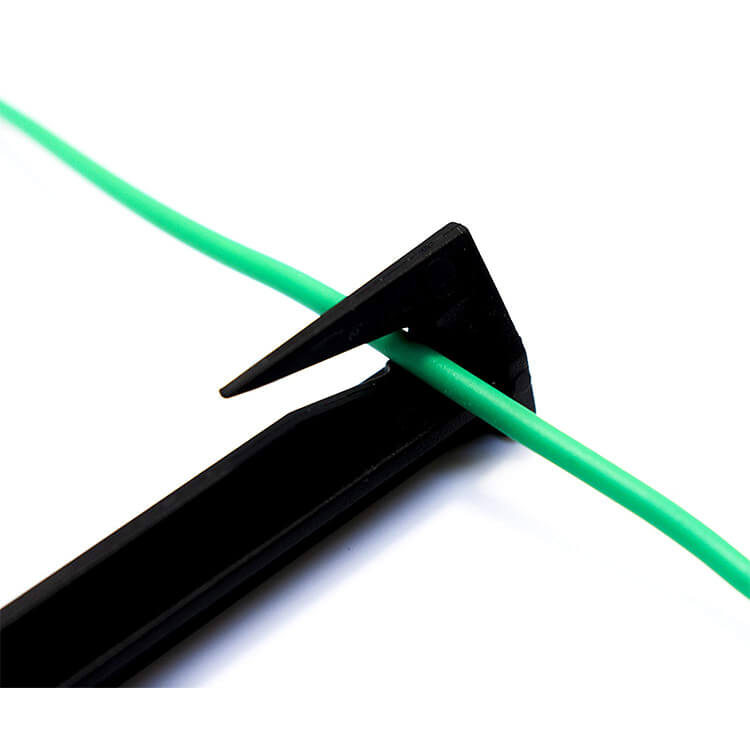
 Abroad:+86 181 5747 1135
Abroad:+86 181 5747 1135 FAX: +86 574 8900 7636
FAX: +86 574 8900 7636 E-mail:
E-mail: 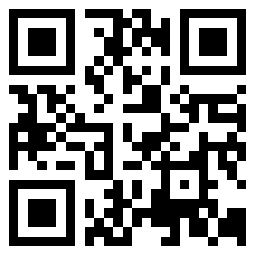

 read the map
read the map

